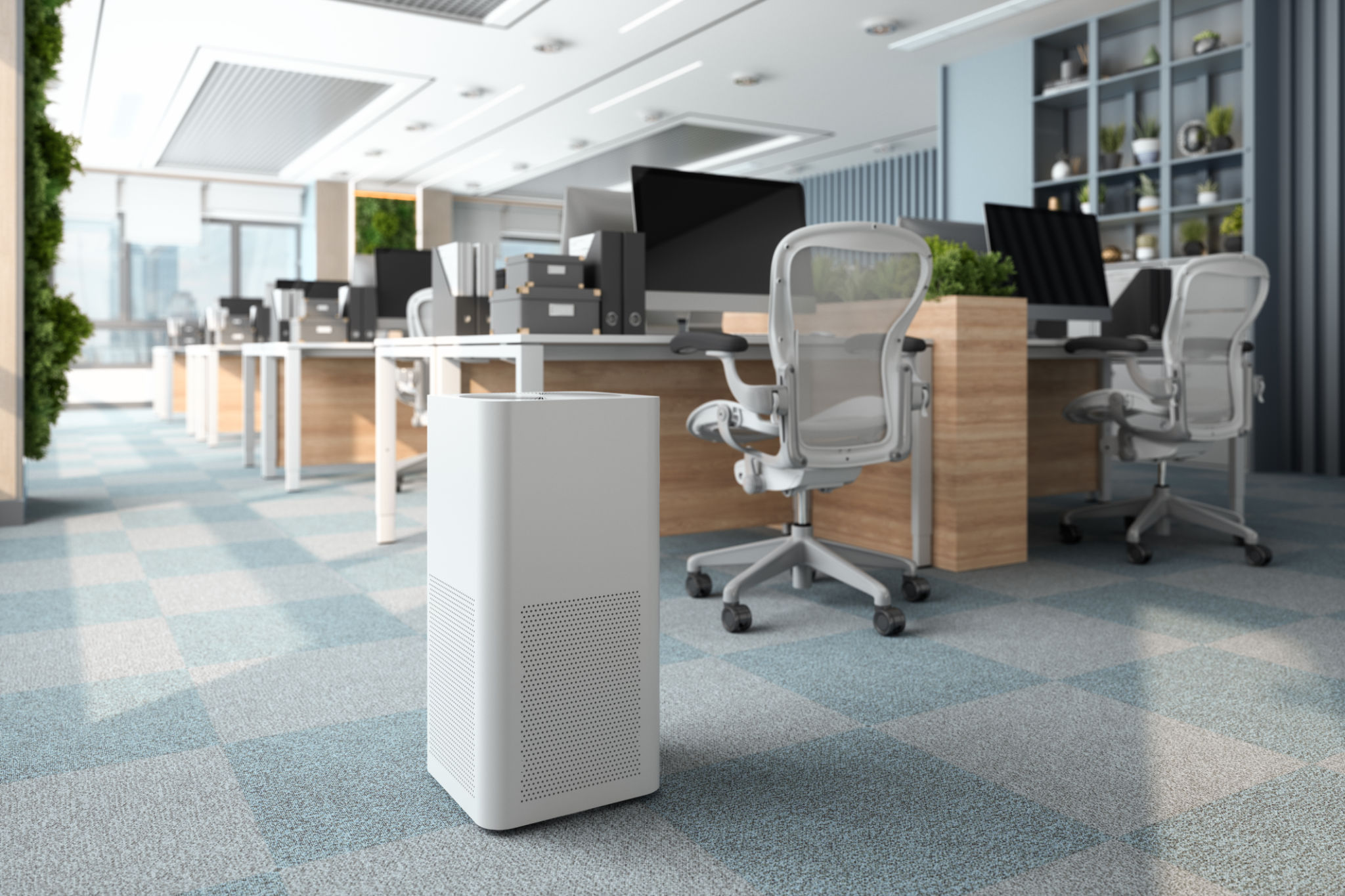5 Common Mistakes in Office Cleaning and How to Avoid Them
Overlooking High-Touch Surfaces
One of the most common mistakes in office cleaning is neglecting high-touch surfaces. These are areas that employees and visitors frequently contact, such as door handles, light switches, and elevator buttons. Ignoring these can lead to the spread of germs and bacteria, especially during flu season.
Solution: Ensure that these surfaces are cleaned and disinfected daily. Use EPA-approved disinfectants and follow the manufacturer's instructions for the best results.

Using the Wrong Cleaning Products
Another frequent error is using inappropriate cleaning products. Not all cleaners are created equal, and using the wrong one can damage surfaces or fail to eliminate germs effectively. For instance, using a glass cleaner on wooden surfaces can lead to damage.
Solution: Match your cleaning products to the materials and surfaces in your office. For example, use a wood cleaner for wooden furniture and a multi-surface disinfectant for desks and workstations. Always read product labels carefully before use.
Neglecting the Importance of Air Quality
Inadequate attention to air quality can affect employee health and productivity. Dust accumulation in air ducts and HVAC systems can circulate allergens and pollutants throughout the office.
Solution: Regularly change air filters and consider professional HVAC cleaning services at least once a year. Additionally, incorporate plants and air purifiers to enhance indoor air quality naturally.

Skipping Regular Deep Cleaning
Routine cleaning is essential, but skipping regular deep cleaning sessions is a mistake many businesses make. Deep cleaning involves more than just surface-level tidying; it targets hidden dirt and grime.
Solution: Schedule deep cleaning sessions several times a year. This may include carpet shampooing, window washing, and detailed floor cleaning. Hiring a professional cleaning service can ensure thoroughness.
Improper Waste Management
Improper waste management not only leads to unpleasant odors but can also attract pests. Overflowing trash bins and recycling containers are common issues that are often overlooked.
Solution: Implement a waste management system that includes regular emptying of bins and segregation of recyclable materials. Encourage employees to participate by clearly labeling waste disposal units.

Conclusion
A clean office environment contributes significantly to employee well-being and productivity. By avoiding these common mistakes and implementing effective cleaning strategies, you can maintain a healthy workspace that benefits everyone. Remember, investing in proper cleaning practices today can save you from costly repairs and health issues in the future.
